Ahmed Y. Tawfik
Domain Specific Sub-network for Multi-Domain Neural Machine Translation
Oct 18, 2022
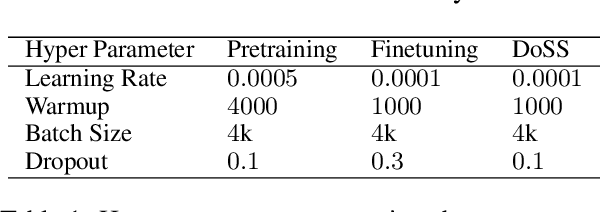
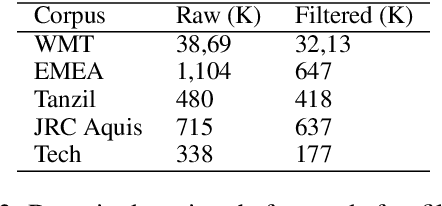
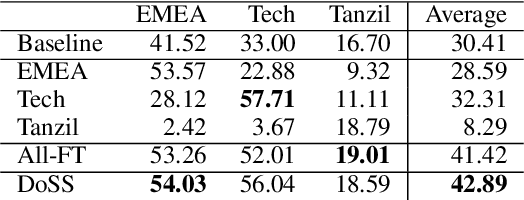
Abstract:This paper presents Domain-Specific Sub-network (DoSS). It uses a set of masks obtained through pruning to define a sub-network for each domain and finetunes the sub-network parameters on domain data. This performs very closely and drastically reduces the number of parameters compared to finetuning the whole network on each domain. Also a method to make masks unique per domain is proposed and shown to greatly improve the generalization to unseen domains. In our experiments on German to English machine translation the proposed method outperforms the strong baseline of continue training on multi-domain (medical, tech and religion) data by 1.47 BLEU points. Also continue training DoSS on new domain (legal) outperforms the multi-domain (medical, tech, religion, legal) baseline by 1.52 BLEU points.
Ensembling of Distilled Models from Multi-task Teachers for Constrained Resource Language Pairs
Nov 26, 2021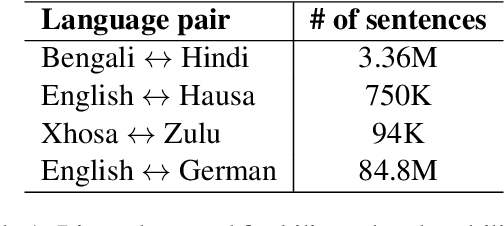

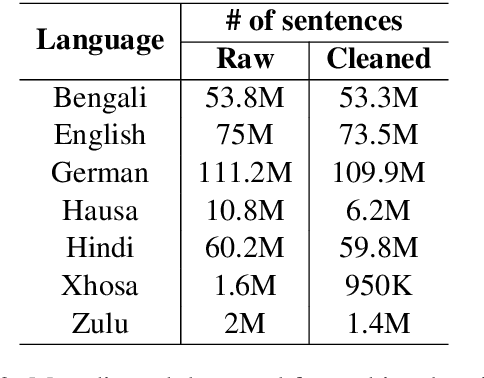
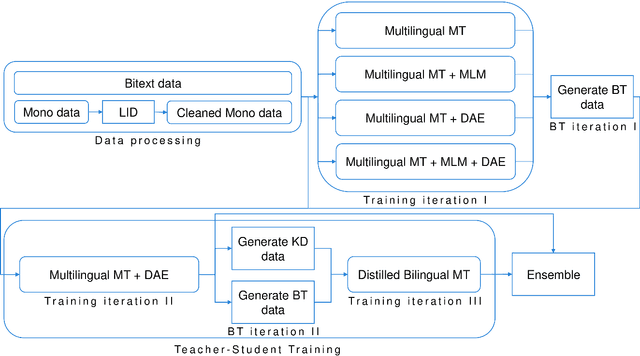
Abstract:This paper describes our submission to the constrained track of WMT21 shared news translation task. We focus on the three relatively low resource language pairs Bengali to and from Hindi, English to and from Hausa, and Xhosa to and from Zulu. To overcome the limitation of relatively low parallel data we train a multilingual model using a multitask objective employing both parallel and monolingual data. In addition, we augment the data using back translation. We also train a bilingual model incorporating back translation and knowledge distillation then combine the two models using sequence-to-sequence mapping. We see around 70% relative gain in BLEU point for English to and from Hausa, and around 25% relative improvements for both Bengali to and from Hindi, and Xhosa to and from Zulu compared to bilingual baselines.
Gender Aware Spoken Language Translation Applied to English-Arabic
Feb 26, 2018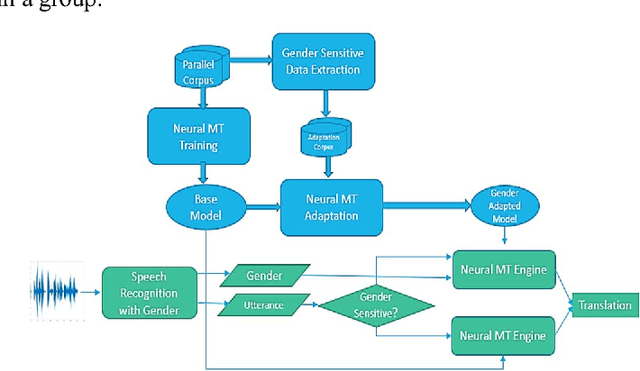
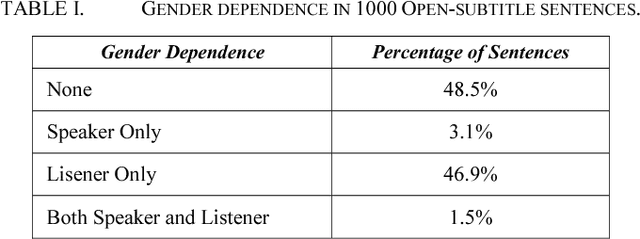
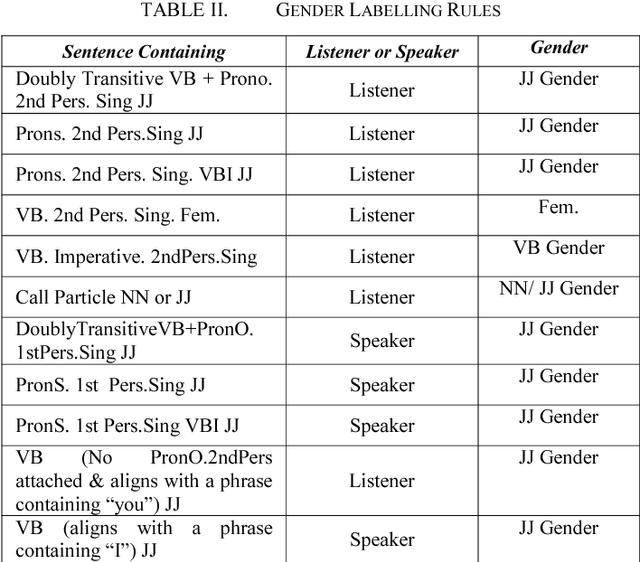

Abstract:Spoken Language Translation (SLT) is becoming more widely used and becoming a communication tool that helps in crossing language barriers. One of the challenges of SLT is the translation from a language without gender agreement to a language with gender agreement such as English to Arabic. In this paper, we introduce an approach to tackle such limitation by enabling a Neural Machine Translation system to produce gender-aware translation. We show that NMT system can model the speaker/listener gender information to produce gender-aware translation. We propose a method to generate data used in adapting a NMT system to produce gender-aware. The proposed approach can achieve significant improvement of the translation quality by 2 BLEU points.
 Add to Chrome
Add to Chrome Add to Firefox
Add to Firefox Add to Edge
Add to Edge